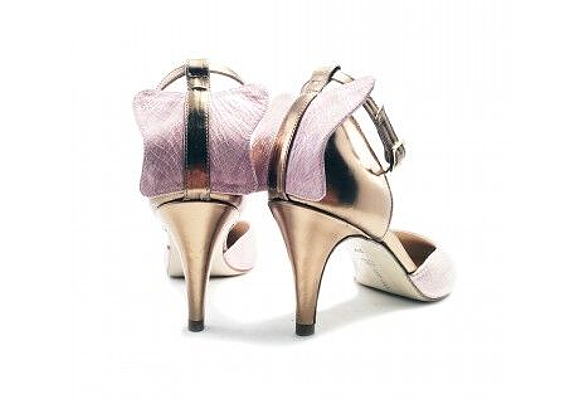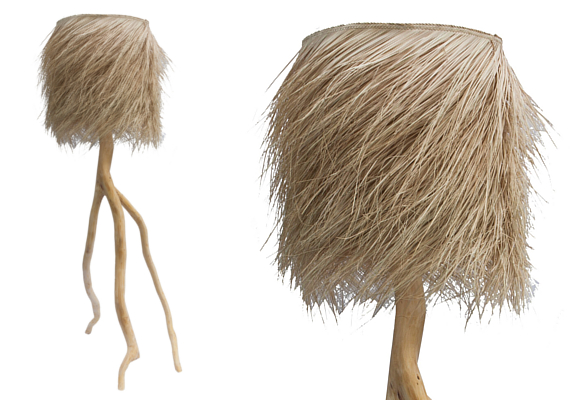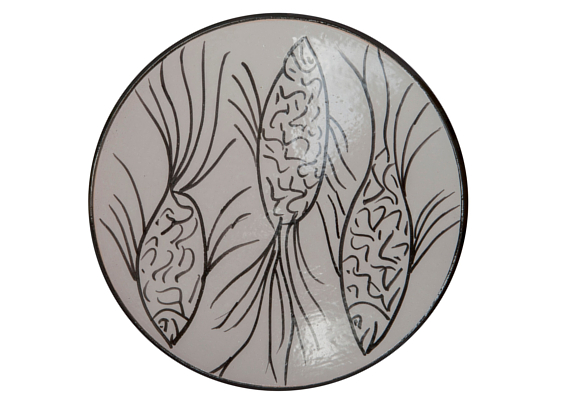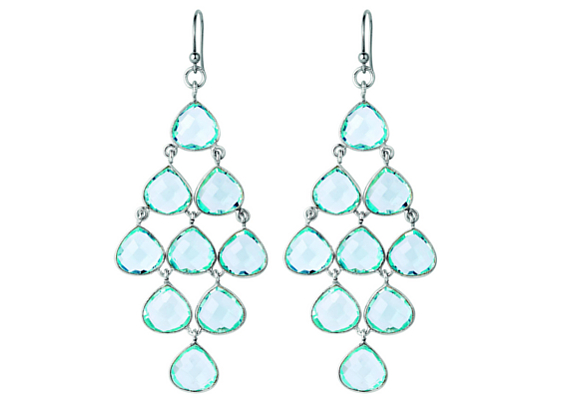The New Era of Luxury
In the era of democratization lifestyle, luxury, distinction and differentiation, not seem to fit.
Today I would like to make a deeper reflection about the current state of luxury concept. We are witnessing the transfer from traditional possession of objects or capricious high price, to concepts that reflect current reality more widely. Recall that the attributes of luxury are settled on tradition, quality, exclusivity, innovation, emotion, and the ability to tell a story that goes beyond the product itself (Ortega & Garcia, 2015).
Today, we are witnessing a shift from the sense of luxury as a sign of status, differentiates and distinguishes (Bourdieu, 1988) or what we might call show off, luxury show in (Ortega & Garcia, 2015, p. 81 ). The latter can be defined as a discreet luxury, calm, without logos, without media exposure.

The protagonists
In the panorama of luxury consumption different characters appear, on the one hand, consumers have purchasing power to buy certain products, on the other aspirational consumers who only have the possibility of reaching the scent of luxury, without which would stop the market. The reality shows that this business is increasingly complex, global and younger. Where different perceptions and there has been a luxury artisan approach to the industry. What defines Agnes Rocamora (2016) and luxury in production and consumption. A consumer is emerging with a new sense of luxury, which values the extreme quality products and services, fleeing the new rich and it is emerging a large mass of people as consumers of luxury.
Consumers have a new concept of luxury much more linked to new technologies, the «always connected». The wifi and tools to makes that connection are what make the difference. Help them not showing up in networks and to establish community, not interested. a reality barriers cannot conceive, the opposite of what mark the traditional standards of luxury.

The luxury web sphere
It is well known reticence that luxury brands have show in to the online reality. Today no question the need for the presence in this area, where communities have sprung up around the culture of luxury. Resulting in what some have called, the luxury sphere web «(Rocamora, 2016; Schneider & Foot, 2005)
Social and technological advances have led to changes in the way we produce and consume luxury. But above all the emergence of the online environment with all its components and tools it has made the limits and restrictions on consumption blown up.

Against the principle of Berners-Lee (2000) «The Internet is for everyone» not the beginning of anything combines luxury good «only for some.» This has become a real challenge for brands. But what appeared at first as a threat has become a true ally. The online environment has become the tool to communicate fetishism and brand identity. They are true virtual spaces where the collective imagination of the brand community is built. What from the point of view of the market can call with Appadurai in Rocamora (2016) as «electronic capitalism.» Here the luxury found its new space.

The future of luxury will be one-to-one and multi-channel, combining excellent management with the implicit emotion of the product.
According to Bain & Company in his studio Luxury Goods Market Study World-wide 12th Edition, the luxury market 2.0 for the next 15 years will be characterized by:
- Superior customer experience: Prescriptor effect, word of mouth.
- Flawless retail management: Impress the customer through the buying experience.
- People excellence: Increased investment in talent in all areas of business. Customer role (Ortega & Garcia, 2015, p. 85).
(Featured Image: Bag Pippa&Jean)
